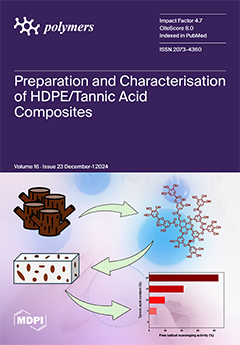Resource use is crucial for the sustainable growth of energy and green low-carbon applications since the improper handling of biomass waste would have a detrimental effect on the environment. This paper used nano-ZnO and ammonium persulfate ((NH
4)
2S
2O
8, APS) as a template agent and heteroatom dopant, respectively. Using a one-step carbonization process in an inert atmosphere, the biomass waste furfural residue (FR) was converted into porous carbon (PC), which was applied to the supercapacitor electrode. The impact of varying APS ratios and carbonization temperatures on the physicochemical properties and electrochemical properties of PC was studied. O, S, and N atoms were evenly distributed in the carbon skeleton, producing abundant heteroatomic functional groups. The sample with the largest specific surface area (SSA, 855.62 m
2 g
−1) was made at 900 °C without the addition of APS. With the increase in adding the ratio of APS, the SSA and pore volume of the sample were reduced, owing to the combination of APS and ZnO to form ZnS during the carbonization process, which inhibited the pore generation and activation effect of ZnO and damaged the pore structure of PC. At 0.5 A g
−1 current density, PC900-1 (FR: ZnO: APS ratio 1:1:1, prepared at 900 °C) exhibited the maximum specific capacitance of 153.03 F g
−1, whereas it had limited capacitance retention at high current density. PC900-0.1 displayed high specific capacitance (141.32 F g
−1 at 0.5 A g
−1), capacitance retention (80.7%), low equivalent series resistance (0.306 Ω), and charge transfer resistance (0.145 Ω) and showed good rate and energy characteristics depending on the synergistic effect of the double layer capacitance and pseudo-capacitance. In conclusion, the prepared FR-derived PC can meet the application of a supercapacitor energy storage field and realize the resource and functional utilization of biomass, which has a good application prospect.
Full article






